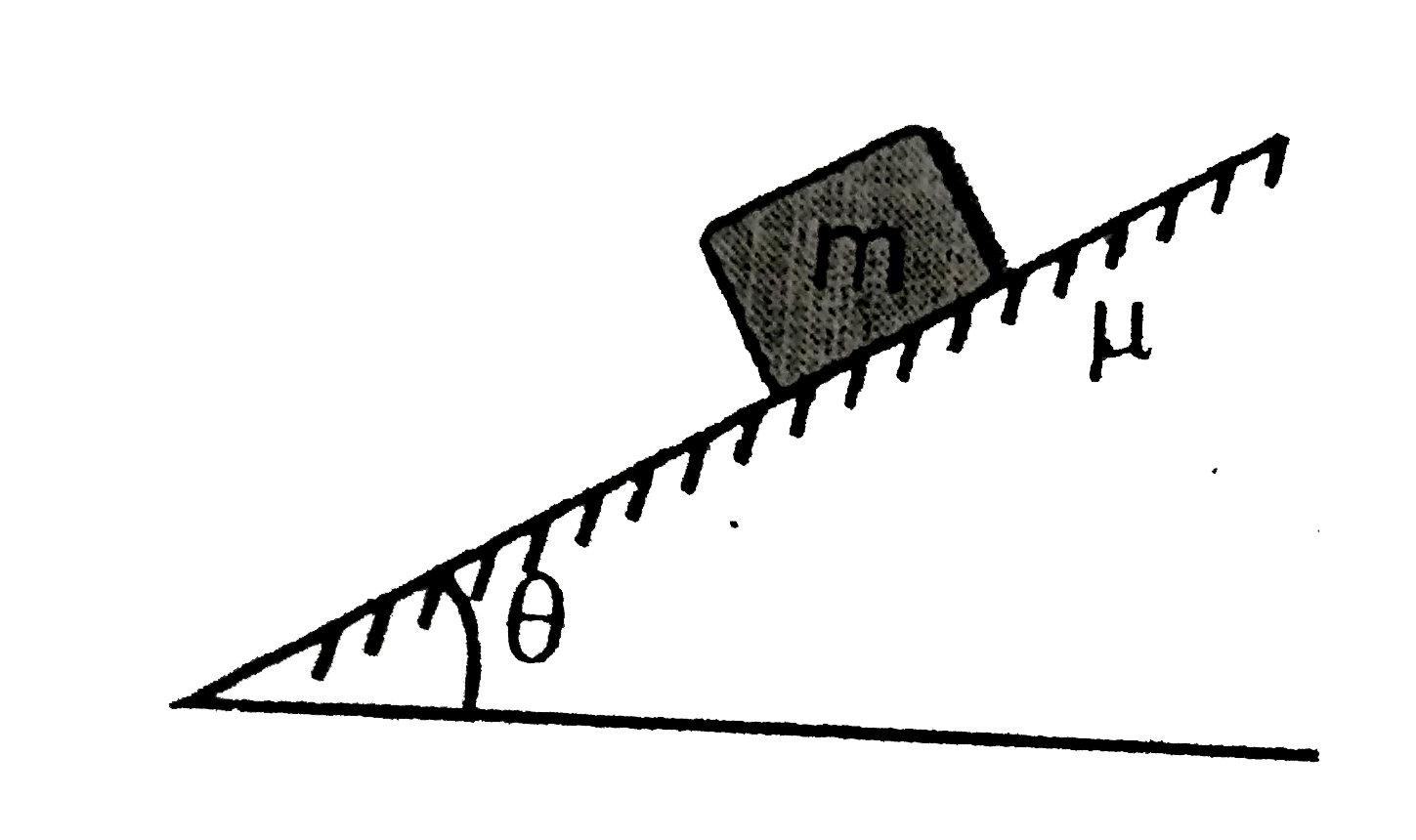Assertion: Magnitude of the contact force is always greater than the magnitude of frictional force.
Reason: Contact force is the resultant of the friction force and normal reaction.
A
If both assertion & Reason are True & the Reason is a corrrect explanation of the Asserion.
B
If both Assertion & Reason are True but Reason is not correct explanation of the Assertion.
C
If Assertion is Trie but the Reason is False.
D
If both Assertion & Reason are false
Video Solution
Text Solution
The correct Answer is:A
FC=√f2+N2
|
Topper's Solved these Questions
- NEWTONS LAWS OF MOTIONBOOK - ALLENCHAPTER - NEWTONS LAWS OF MOTIONEXERCISE - EXERCISE-II
112 Videos
- NEWTON'S LAWS OF MOTION & FRICTIONBOOK - ALLENCHAPTER - NEWTON'S LAWS OF MOTION & FRICTIONEXERCISE - EXERCISE (JA)
4 Videos
- RACEBOOK - ALLENCHAPTER - RACEEXERCISE - Basic Maths (Wave Motion & Dopplers Effect) (Stationary waves & doppler effect, beats)
25 Videos
Similar Questions
Knowledge Check
If the resultant of the two forces has a magnitude smaller than the magnitude of larger force ,then two forces must be
ADifferent both in magnitude and directionBMutually perpendicular to one directionCPosses extremely small magnitudeDPoint in opposite directionsA block of mass m is placed on a rough inclined plane. The coefficient of friction between the block and the plane is μ and the inclination of the plane is θ. Initially theat−0 and the block will certain stationary on the plane. Now the inclination θ is gradually increased. The block presses the inclined plane with a force mgcosθ. So welding strength between the block and inclined is μmgcosθ, and the pulling forces is mgsinθ. As soon as the pulling force is greater than the welding strength, the welding breaks and the block starts sliding, the angle θ for which the block starts sliding is called angle of repose (λ). During the contact, two contact forces are acting between the block and the inclined plane. The pressing reaction (Normal reaction) and the shear reaction ( frictional force) and the shear reaction (frictional force) . The net contact force will be resultant of both.

If the entire system, were accelerated upward with acceleration 'a', the angle of repose , would :AincreasesBdecreasesCremain sameDincrease of a>g(A) : Friction forces does not depend on visible area of contact .
(R) : Limiting friction force is dependent on normal reaction .AIf both A and R are true and R is the correct explanation of A .BIf both A and R are true but R is not correct explanation of A .CIf A is true but R is false .DIf A is false but R is true
Explain why, frictional force is said to be a contact force.
View SolutionExplain why, frictional force is said to be a contact force.
View SolutionHow is friction a component of the contact force?
View SolutionThe magnitude of frictional force can never be greater than the magnitude of external force acting on a body. Explain this statement using a suitable example.
View SolutionAre the force of action and reaction always equal in magnitude?
View Solution
